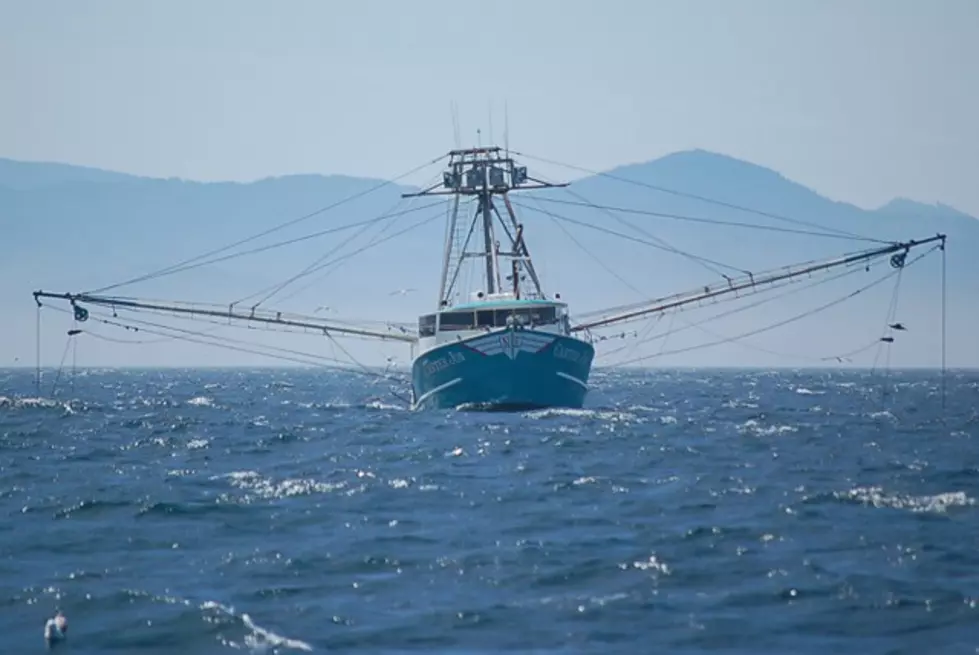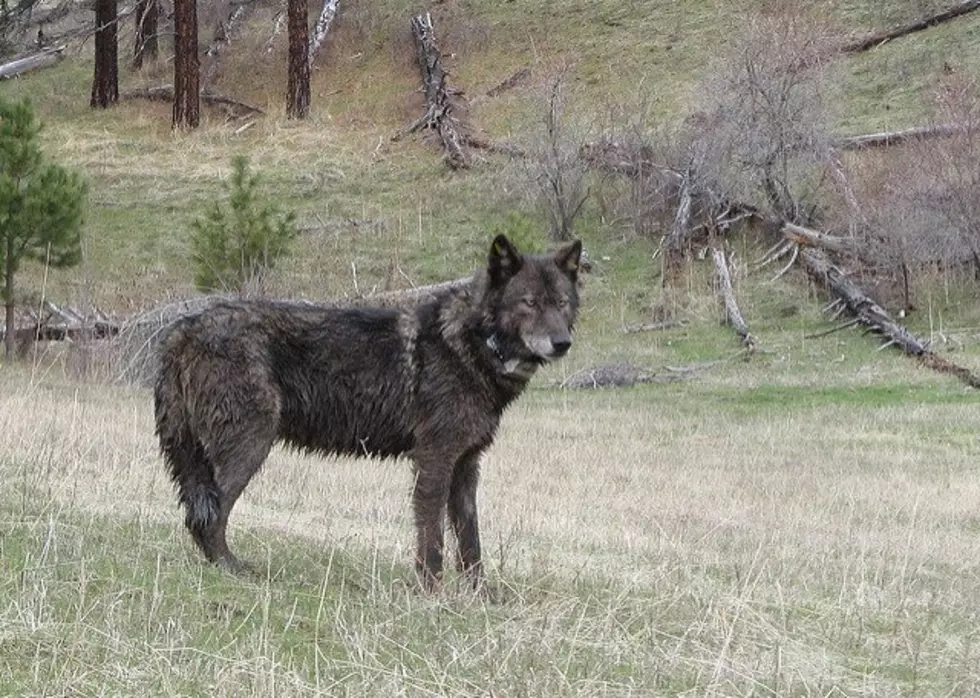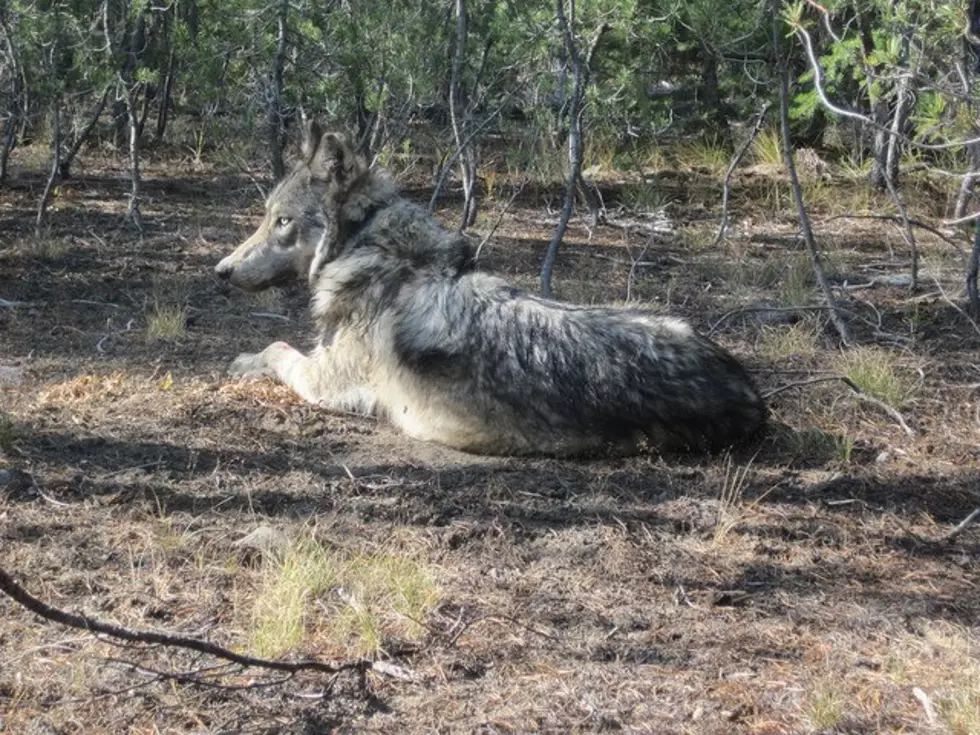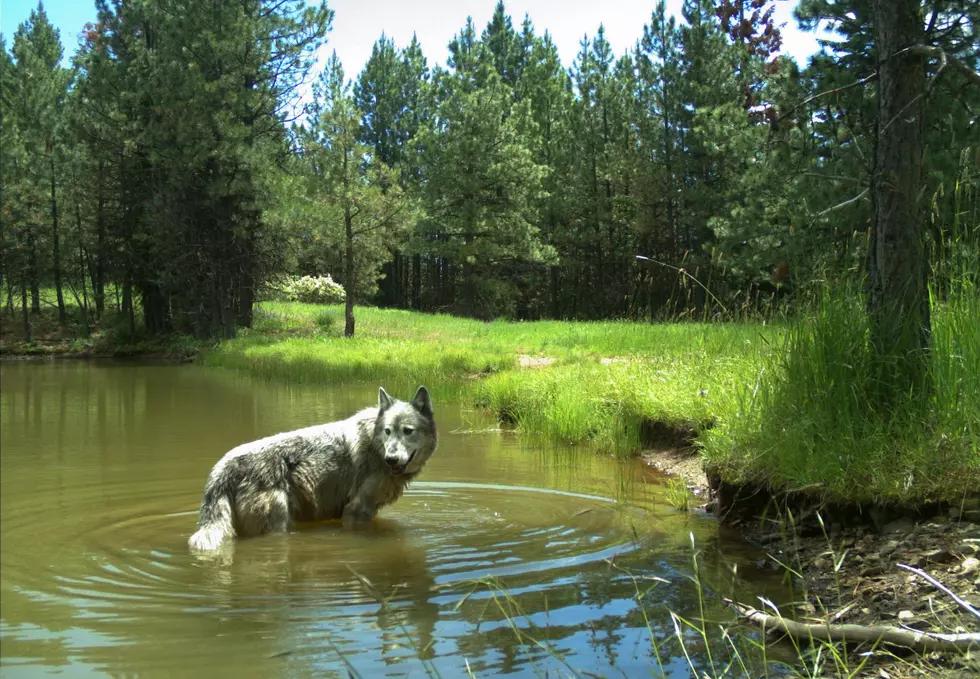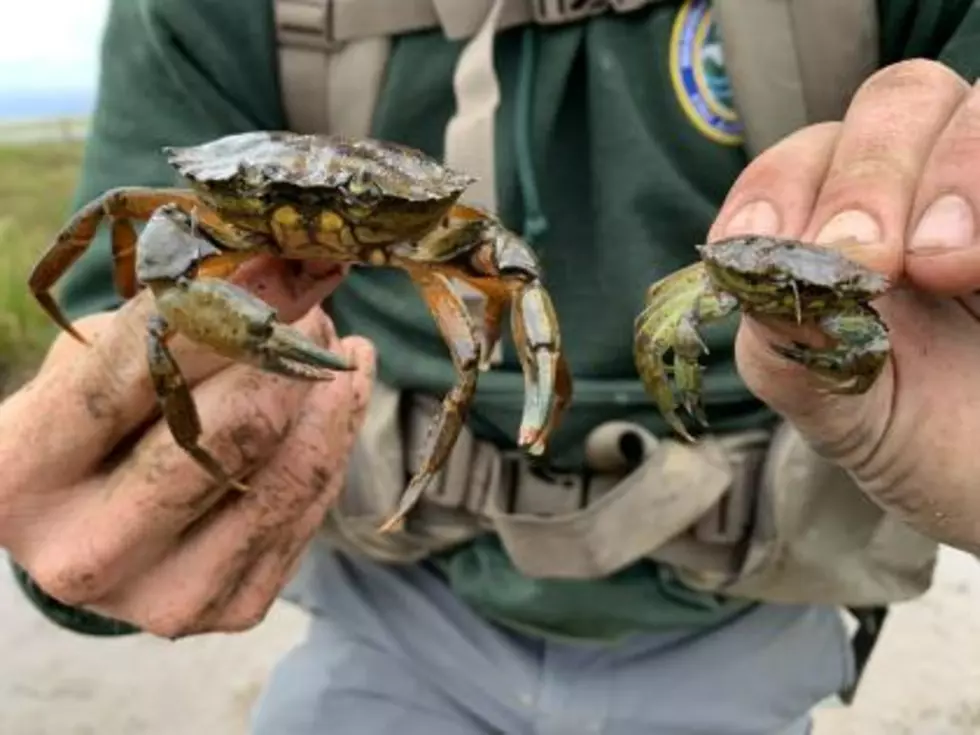
WDFW To Resume Killing Wolves In Northeast Washington
Because of the high number of depredations at the hands of the Old Profanity Territory, or OPT pack, the Washington Department of Fish and Wildlife says additional wolves will be killed. On Wednesday WDFW Director Kelly Susewind reauthorized WDFW staff to lethally remove wolves from the OPT pack in response to repeated depredation of cattle on federal grazing lands in the Kettle River range of Ferry County. Since September, that pack has been involved in 27 depredations.
The goal of lethal removal, as described in the Wolf Conservation and Management Plan, is to manage wolf-livestock conflicts to minimize livestock losses without undermining the recovery of a sustainable wolf population.
"The chronic livestock depredations and subsequent wolf removals are stressful and deeply concerning for all those involved," Susewind said. "The department is working very hard to try to change this pack’s behavior, while also working with a diversity of stakeholders on how to prevent the cycle from repeating."
The goal of lethal removal, as described in the Wolf Conservation and Management Plan, is to manage wolf-livestock conflicts to minimize livestock losses without undermining the recovery of a sustainable wolf population. The purpose of the lethal action in the OPT pack is to change pack behavior to reduce the potential for continued depredations on livestock while continuing to promote wolf recovery.
Consistent with the terms of the plan and protocol, the rationale for reauthorizing lethal removal of OPT wolves is as follows:
- WDFW has documented ongoing depredation on livestock by the pack since Sept. 5, 2018 (27 total, 12 within the last 10 months and eight in the last 30 days; three depredations confirmed on 5, 2019 were not considered in the Director’s decision).
- At least two proactive deterrence measures and responsive deterrence measures (if applicable) were implemented and did not meet the goal of influencing/changing pack behavior to reduce the potential for recurrent wolf depredations on livestock. These are described in greater detail below. In addition, the producer began using the Ferry-Stevens County Wildlife Specialist as a range rider on July 26 to mitigate wolf-livestock conflict in the allotment. The department is communicating with the producer about the value of using a WDFW-contracted range rider available for the duration of the grazing season for this allotment.
During the 2019 grazing season, the following nonlethal deterrents were implemented:
- The producer calves outside of occupied wolf areas and cow-calf pairs are trucked to the grazing site. Calving outside occupied wolf areas protects calves when they are first born and most vulnerable to depredation;
- The turnout date for grazing on the U.S. Forest Service allotment is June 1; the producer delayed turnout of the livestock until June 15;
- As part of this producer’s business model, cattle are bred early, so calves are generally around 200 lbs. at turnout. Delayed turnout and early calving are considered proactive conflict mitigation measures because the calves are larger and less vulnerable. Additionally, deer fawns, elk calves, and moose calves become available as prey in mid-June;
- Removal of sick and/or injured cattle when discovered;
- Until recently, the majority of the cattle were in three main groups—two around salting sites and one around a watering site. The salting sites are predetermined by the U.S. Forest Service and have been used historically, so even if the salt was removed, the cattle have a strong fidelity to the site and familiarity with the location from salt in the ground. On June 23, WDFW staff deployed Fox lights around those sites to deter wolves from these areas. Staff recently removed the Fox lights because the producer is currently moving the cattle to adjacent pastures within the allotment;
- Since the removal on July 13, the livestock producer, WDFW staff, and the Ferry-Stevens County Wildlife Specialist have patrolled the area near daily;
- WDFW-contracted range riders were in the area for two days before pausing activity during lethal removal efforts. The WDFW-contracted range riders did not resume riding because the livestock producer prefers that contracted range riders not work with the producer’s cattle at this time; and,
- On July 26, the producer began using the Ferry-Stevens County Wildlife Specialist as a range rider.
Although not considered a deterrence measure, the grazing rotation on the allotment this season diverts cattle away from wolf rendezvous sites identified in previous years (per the U.S. Forest Service).
The department documented these deterrents in the agency’s “wolf-livestock mitigation measures” checklist, with date entries for deterrent tools and coordination with the producer, range rider, and Ferry-Stevens County Wildlife Specialist. Each depredation was shared with the public in a timely manner, as described in the protocol.
WDFW expects depredations to continue based on the history of depredations. The most recent depredation by the OPT pack is the eighth event in 30 days, 12th event in 10 months and 27th event since Sept. 5, 2018. This series of repeated depredations shows a pattern in pack behavior as defined in the wolf-livestock interaction protocol. WDFW staff believe depredations are likely to continue in the near future even with the current and responsive nonlethal tools being utilized.
The lethal removal of wolves in the OPT pack is not expected to harm the wolf population’s ability to reach the statewide recovery objective. In 2019, WDFW has documented five known wolf mortalities in the state. In previous years, WDFW has documented between 12 to 14 mortalities annually. The population has continued to expand its range and grow each year, both in numbers of individuals and numbers of breeding packs. Comparing the actual level of wolf mortality to that modeled in the Wolf Conservation and Management Plan (appendices G and H), actual average wolf mortality per year is about 8.5 animals or 10 percent of the estimated population from 2011-2018. This level is well below the 28 percent baseline annual mortality assumed in the wolf plan model before any simulated wolf removals, which incorporates a 30 percent lethal removal mortality in addition to the baseline mortality. The modeling assumed the regional wolf population met the regional component of the statewide recovery objective. In fact, the wolf population in the eastern recovery region is three times the regional component of the statewide objective.
The department is providing one business day (eight court hours) advance public notice before initiating lethal removal activity. WDFW will use humane lethal removal methods consistent with state and federal laws. The objective is to use the best methods available while considering human safety, humaneness to wolves, swift completion of the removal, weather, efficacy, and cost.
If you have a story idea for the Washington Ag Network, call (509) 547-1618, or e-mail gvaagen@cherrycreekradio.com
More From PNW Ag Network

